CNN
—
A presence that both influenced and frightened golf’s greats for years is making a long-awaited return to The Players Championship in Florida this week. It’s Woods, just not the one you’re likely thinking of.
Because while two-time champion Tiger Woods, out for the foreseeable future following a fresh injury setback, has not featured at TPC Sawgrass since 2019, another former mainstay of the Stadium Course is re-emerging from its woods to torment players. That tree is back.
Right from the outset of the Ponte Vedra Beach venue hosting The Players in 1982, a live oak overhanging the sixth tee at the Stadium Course loomed large above – and frequently inside – player’s heads.
As the tournament blossomed to become the sport’s unofficial “fifth major” over the ensuing three decades, the tree similarly garnered growing attention, as well as a budding list of enemies.
For those PGA Tour members praying on its downfall, salvation arrived in 2014 when the tree was removed and carved up. So how, and why, can it possibly be back in position this week?
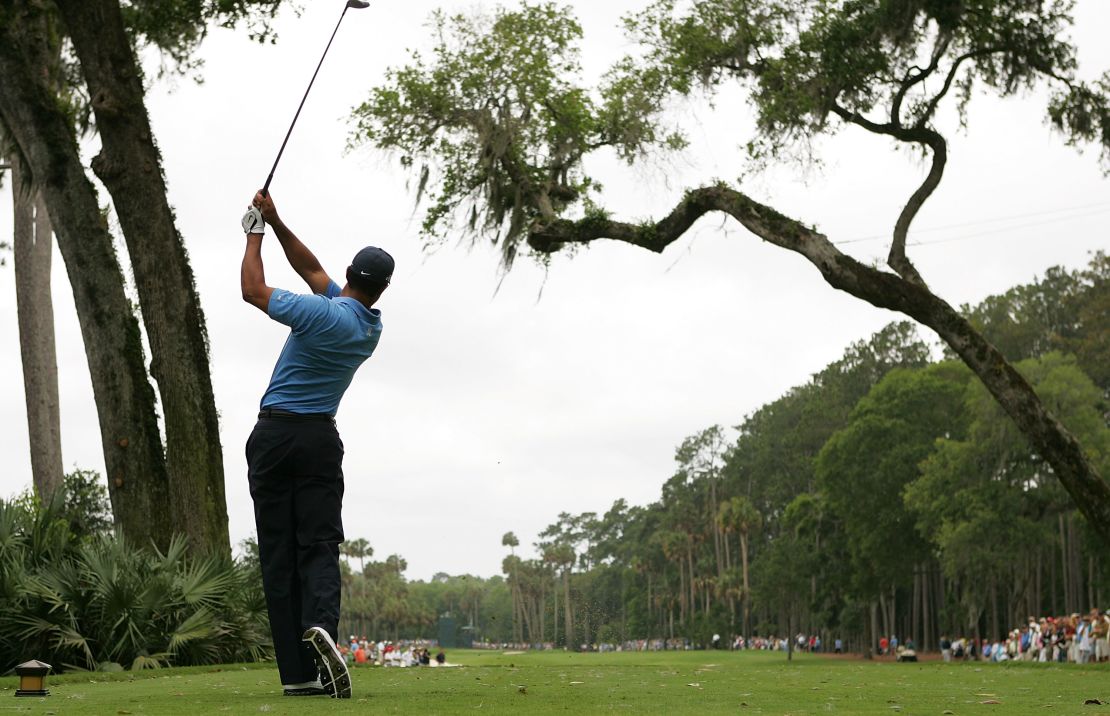
The answer to that question, ironically enough, lies partly with one of the tree’s most outspoken critics.
Davis Love III made no secret of his disdain for the branches that drooped into his sightline at the start of the par-four sixth, so much so that asking then-PGA Tour Commissioner Tim Finchem when the tree would be cut down became a routine procedure at many of his 28 consecutive Players appearances between 1986 and 2013.
“When (Love) would go out to play No. 6, I would hear about it and I’d go hide somewhere so he couldn’t get at me,” Finchem told NBC Sports in 2015.
Love, who has an entry gate named after him at TPC Sawgrass, was as well placed as any to critique the course. A victor in both 1992 and 2003, the American had played it as a teenager with his father – a professional golfer himself – when it first opened in 1980.
The setup was the brainchild of revered course architect Pete Dye, who delighted in concocting designs that tested skill and nerve in equal measure. The iconic 17th hole “Island Green” is the most obvious manifestation of that ethos, but the dangling oak was equally purposeful.
“He saw that tree as an iconic symbol and intentionally left it behind,” Players Championship Executive Director Lee Smith told CNN Sports.
“Not as a water hazard or a bunker, but more of a mental hazard and an image to play with your mind.”
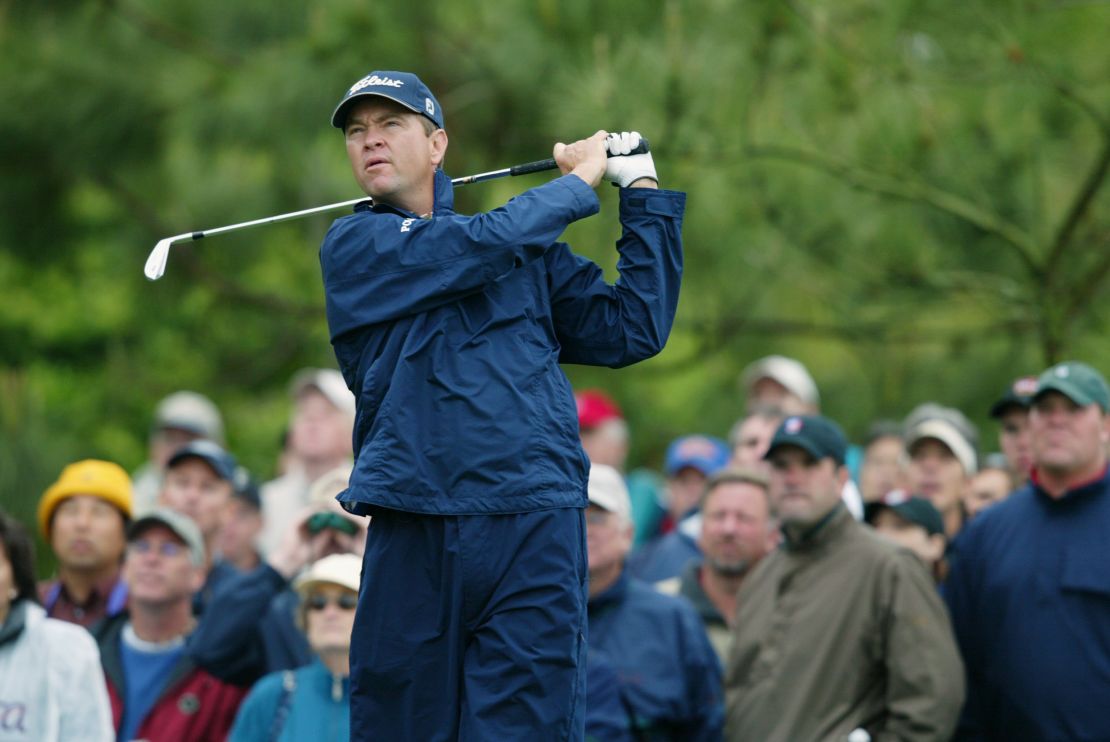
As the course steadily evolved and trees were thinned out to allow for wider corridors of play, the oak at six endured as an ominous – albeit rarely direct – threat. With many players opting to lay up onto a relatively narrow fairway, the vast majority of tee shots sailed safely under it.
Not all were so fortunate. High hitters in particular were especially at risk, and even the game’s most decorated occasionally fell foul, with four-time major winner Ernie Els careening his shot into the branch – which sagged steadily lower as time progressed – en route to a double bogey during one tournament.
Els reportedly later joked that he was ready to employ dynamite to rid the course of the obstruction, but was spared the effort in November 2014 when the tree – having developed a disease – was removed by grounds staff over fears a crack could lead to it falling.
Parts of the oak were used to create two commemorative benches, placed outside the players’ locker room and near the sixth tee respectively, each inscribed with a message to honor and celebrate a life of “notoriety” that “unwittingly influenced, frustrated and even angered the world’s greatest golfers.”
Various players at the following tournament six months later were less forthcoming in paying their respects.
“It should never have been there. You shouldn’t have things like that right in your face on a par-four tee box,” Brian Harman said to the Florida Times-Union.
Jim Furyk was more apathetic, telling reporters: “I definitely wasn’t emotionally attached to it.
“It never really bothered me. It visually was there. (But) it drove some guys, like a guy that launched the ball high, it drove them absolutely nuts. They had to hit a different shot off the tee.”
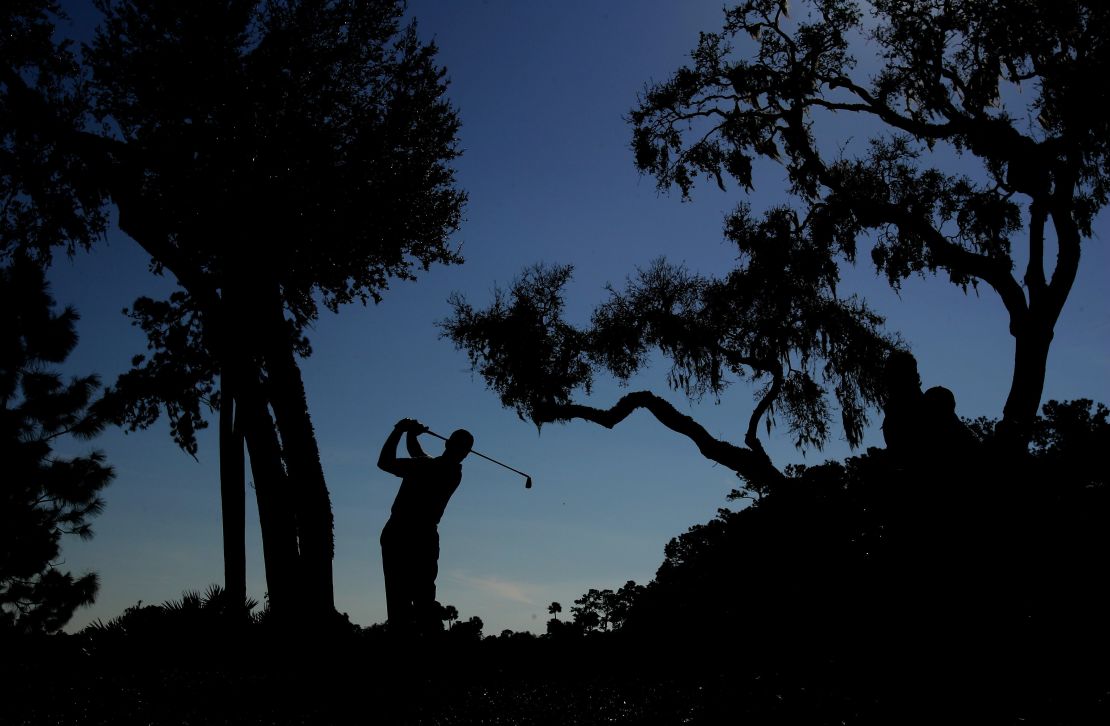
As a playful nod to the success of his long-running removal campaign, Love was the recipient of one of 180 commemorative pieces carved from the original tree, presented to him at TPC Sawgrass by Finchem in 2015.
Nine years later, he was back on site at the behest of Finchem’s successor, Jay Monahan, as part of a task force entrusted with restoring Dye’s spirit to the course for this week’s tournament.
Love was so committed to that objective that he didn’t bat an eyelid when TPC Sawgrass’ head of agronomy, Jeff Plotts, shared news of a startling discovery: just 100 yards down the sixth fairway on the right, tucked within a wooded canopy, stood a tree eerily similar to the original.
And just like that, Love’s vanquished foe found a new lease of life.
“When we lost that tree, we lost what we felt was a memento and symbol of Pete Dye’s architecture,” Smith explained.
“To find a tree very similar in look, feel and stature … it just made sense for us to transplant.”
While the proximity of the proxy tree helped hugely, the process of safely shifting a tree weighing more than half a million pounds – documented in a video produced by the PGA Tour – was an eye-watering logistical challenge.
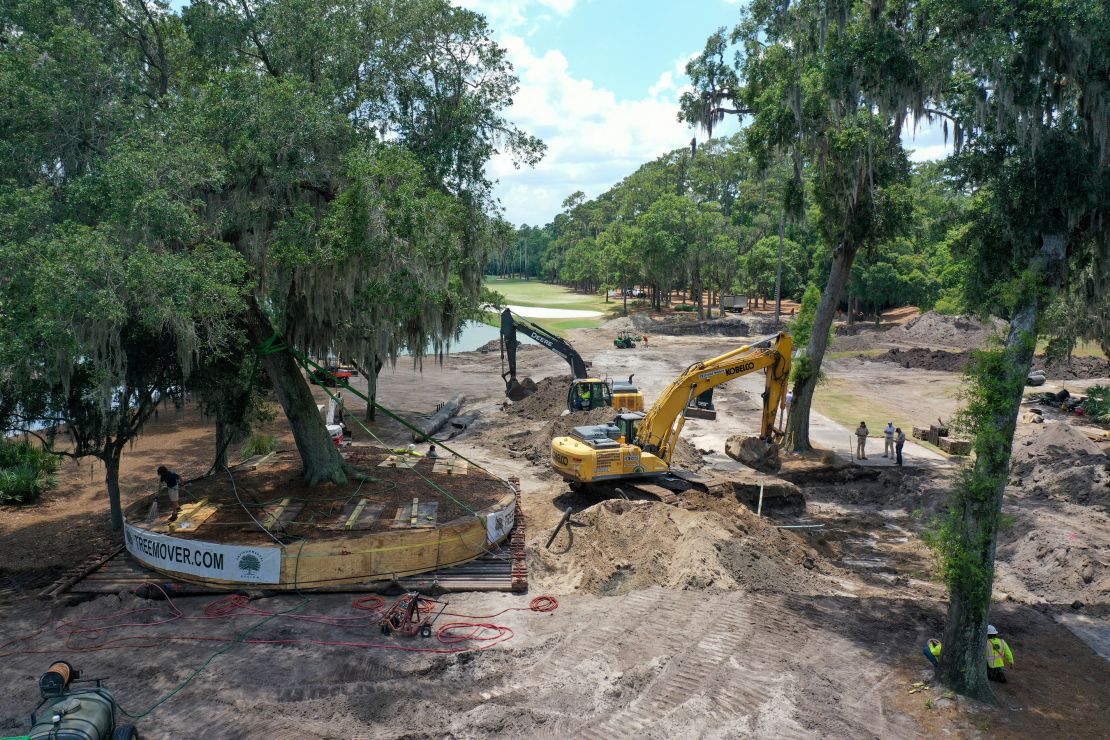
Digging around a root ball roughly 45 feet in diameter began on June 1, followed by an operation to insert large inflatable airbags underneath.
Two excavators then rolled the tree across the bags in a tediously slow procedure, akin to the one used to launch some heavy ships, to its new home where a new hole had been dug.
Stephen Cox, lead official at this week’s tournament and a Ponte Vedra Beach resident, worked closely with the redevelopment team to honor Dye’s original vision for the tree.
“We didn’t want to turn this into a farce,” Cox told CNN Sports.
“We wanted to build something that was what we had before, so the player had to think about it and control the trajectory of the stroke, but not for it to be a situation where guys were constantly hitting the tree … That’s not to say that may not happen this year.”
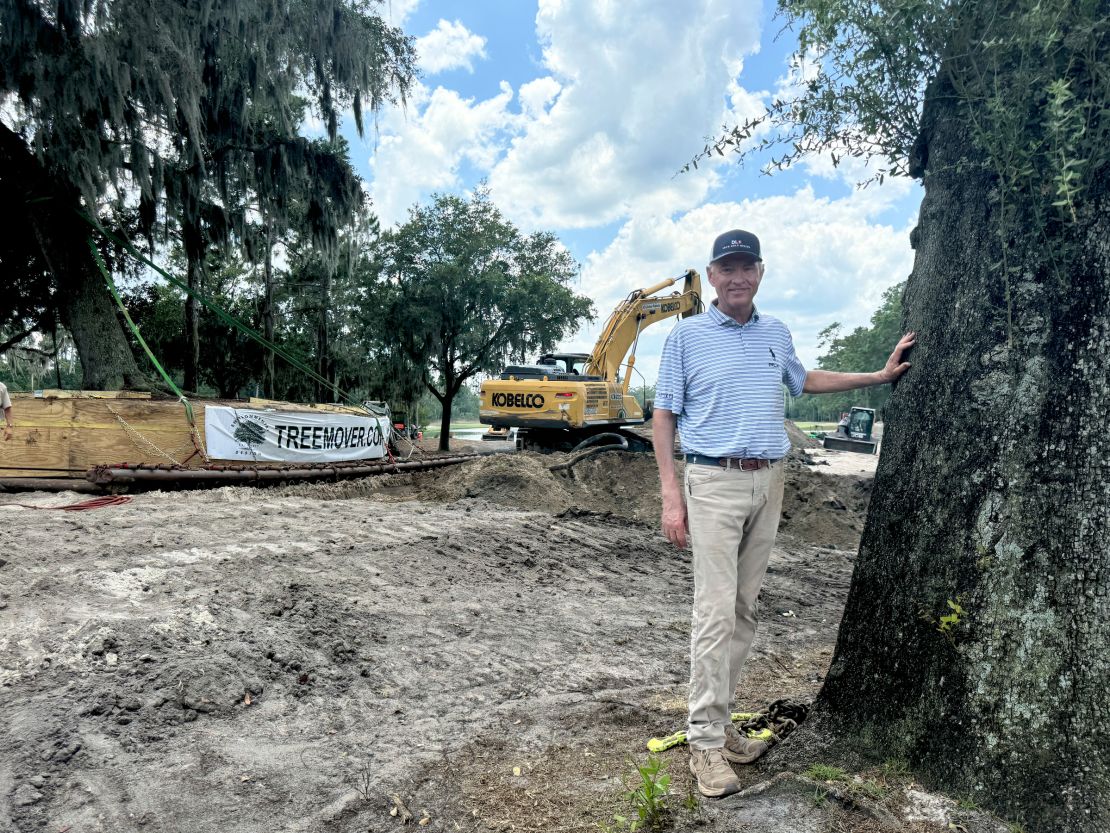
Though the sixth hole did play marginally easier in the nine years following the oak’s removal, with the average number of strokes taken to navigate it falling from 4.060 to 4.019, Cox does not anticipate a dramatic change to scoring as a result of its reinstatement.
What is perhaps more intriguing is to see what the field, many of whom never faced the original tree, make of it. World No. 1 Scottie Scheffler – in pursuit of a historic third consecutive Players win – admitted he had only heard “rumors” of a “new, old hanging tree,” but American compatriot Wyndham Clark is already wary of the tee being placed too far back.
“I’m still indifferent about it,” Clark told reporters Wednesday. “I get bringing the tree back was kind of the cool thing when I played the Junior Players here (in 2010).
“Depending on conditions, if they play it all the way back, it’s almost too penal of a hole … If you get into the wind, if you hit a three-wood, I think you’re going to hit the top of the tree. I’m hoping they just play it from the middle of the tee box, so it’s not too big of an issue and more of an aesthetic thing.”
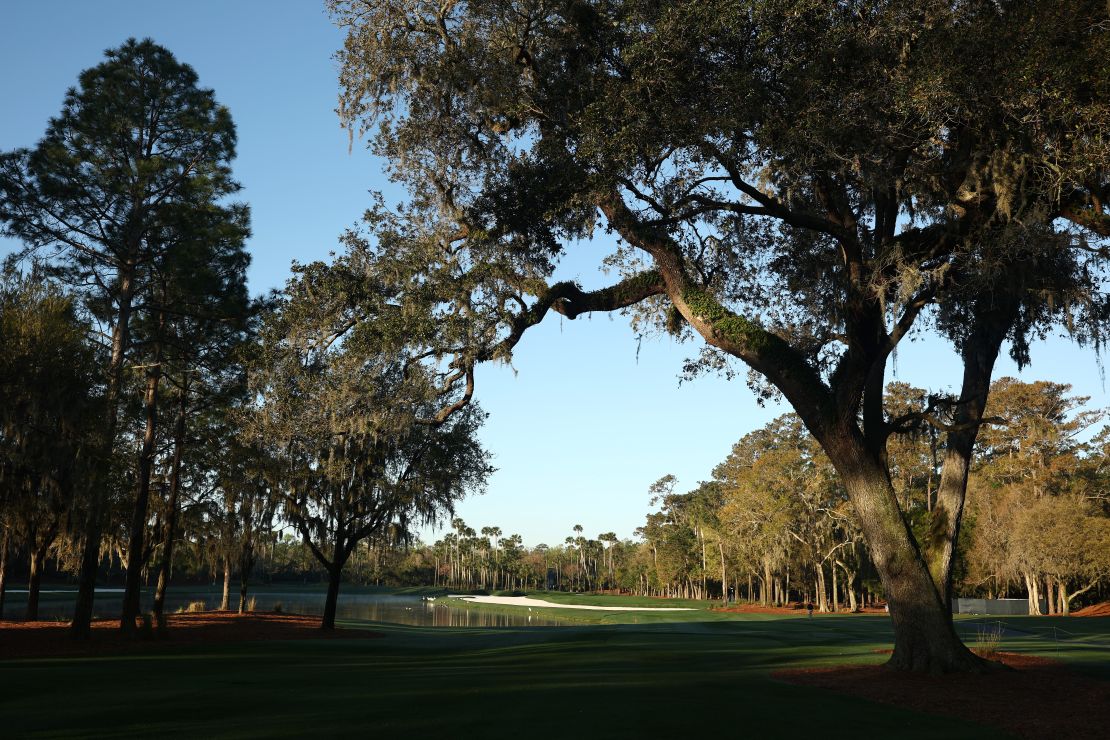
By contrast, world No. 2 and 2019 champion Rory McIlroy said he preferred the new tree to the original as it forces players to be more particular with their shot choices.
“You’ve got to hit it a lot lower,” McIlroy told reporters.
“It frames the entire tee box. It’s sort of like you’re hitting under a bridge or hitting through a tunnel – you’ve got to be a little aware of your launch angle and make sure you don’t get the ball too high at the start … I think it’s better.”
American golfer Keith Mitchell validated McIlroy’s assessment during a practice round ahead of the tournament, judging that it was “impossible” for him to drive his seven-wood beneath the oak.
“Talk about dicey,” Mitchell said in a video posted to X by the PGA Tour. “If you hit it during the tournament, it could go anywhere.”
England’s Matt Fitzpatrick has seemingly made up his mind.
“This is the dumbest tree I have ever seen … Whose brilliant idea was it to bring this tree back?” he said dryly in the video, before adding with a wry smile: “If somebody could remove it, that would be great.”
While Smith believes players will ultimately welcome it back – “I think some of the most popular things in the world are those polarizing items” – Love is itching to watch all of the reactions first-hand from a viewing spot beside his old nemesis.
“I just can’t wait for somebody that hasn’t played in The Players to walk up there and see it for the first time and go, ‘Wow,’ and then somebody will tell them the history,” Love told the PGA Tour.
And through it all, the irony of Love being the face of both the tree’s demise and rebirth is not lost on Cox.
“I don’t think he’s ever going to live this one down,” he said.

